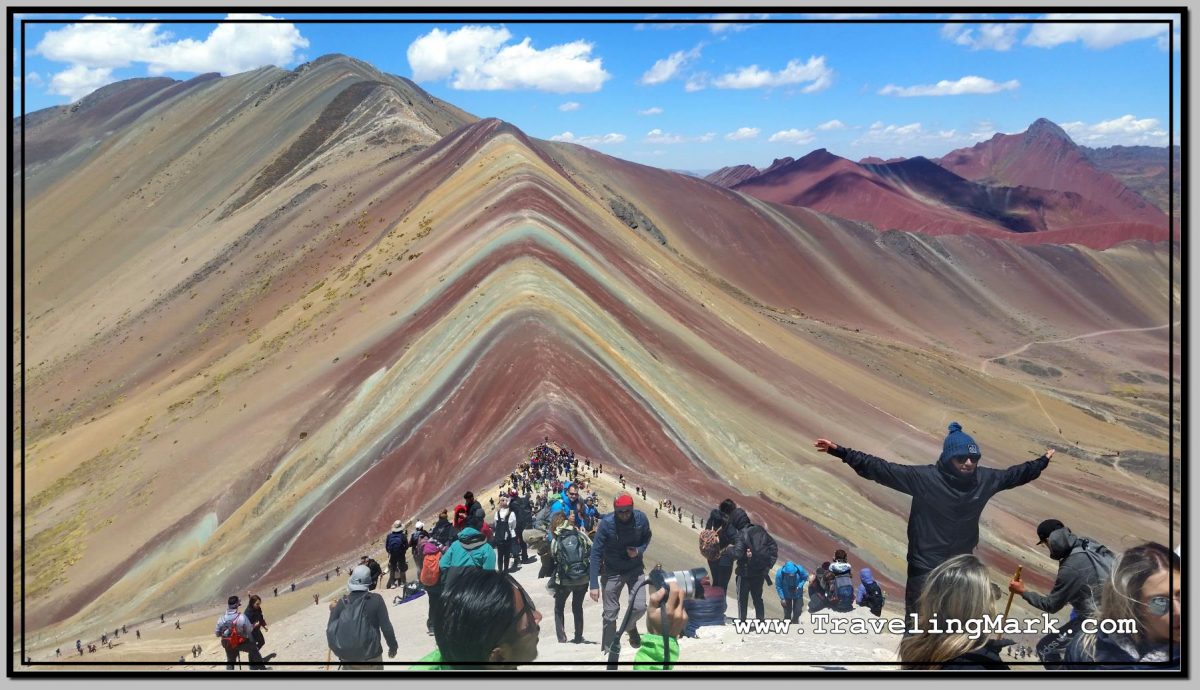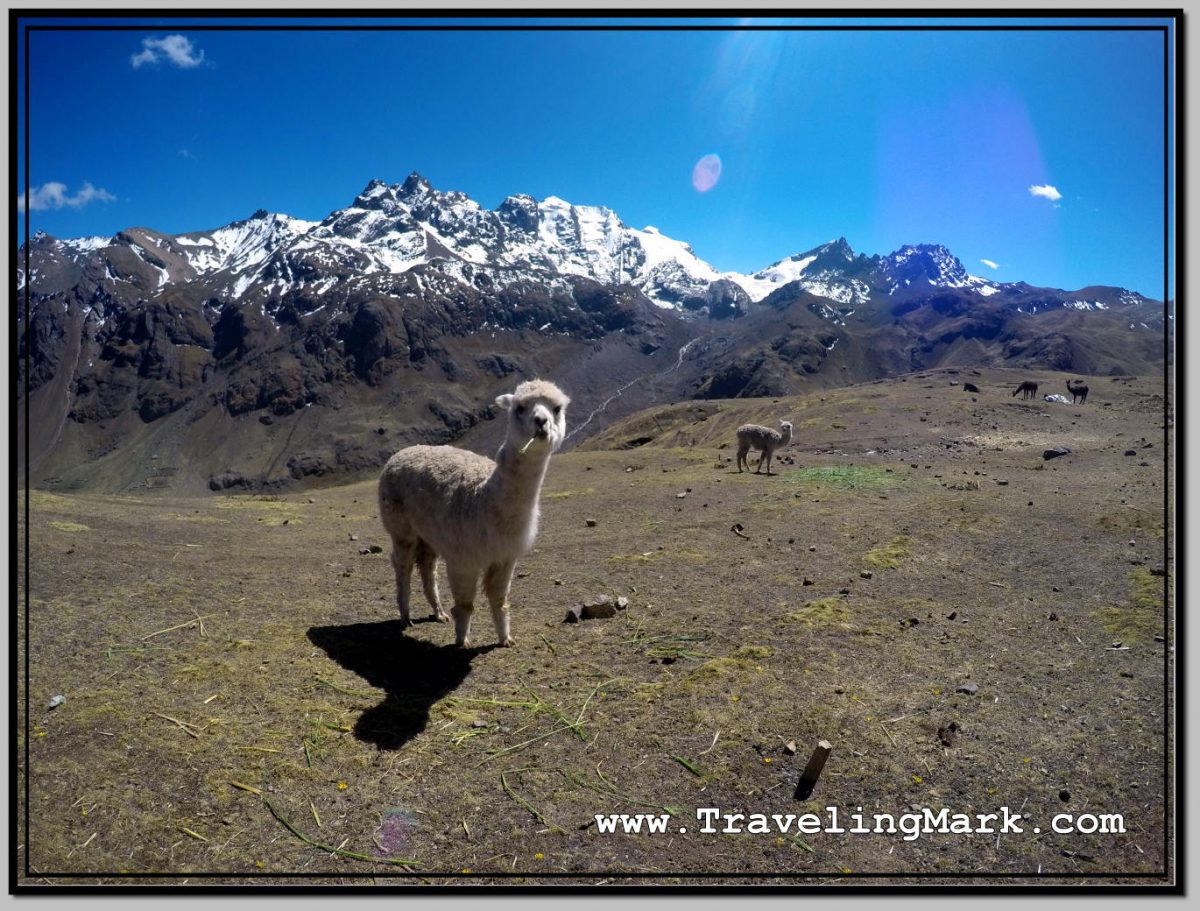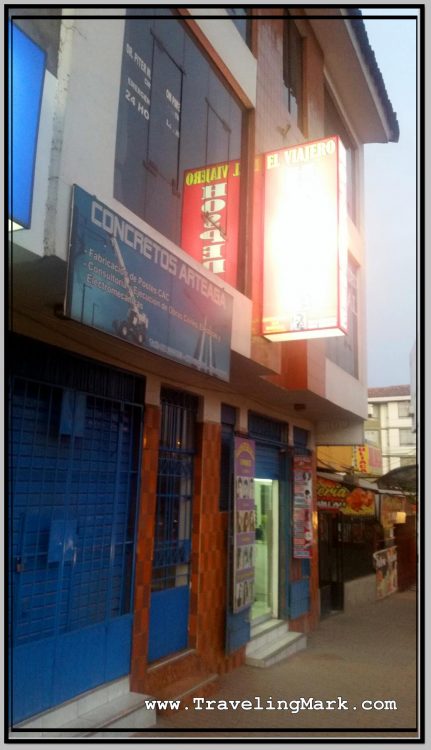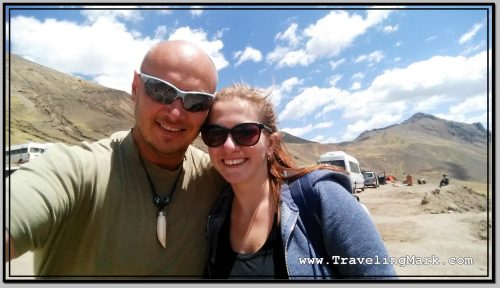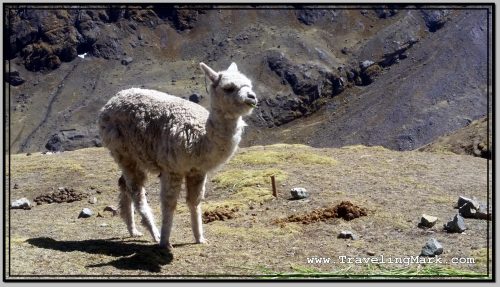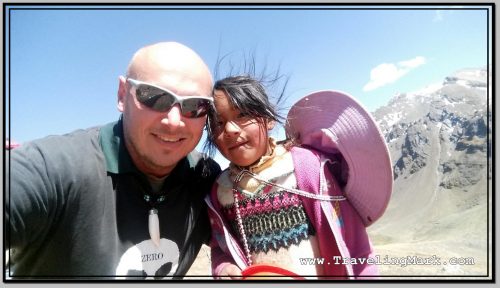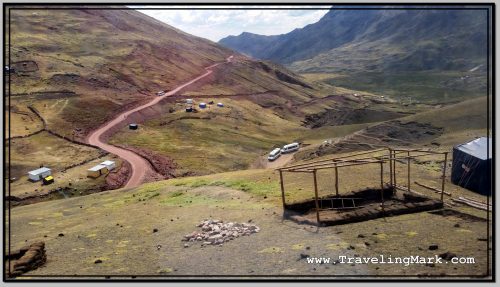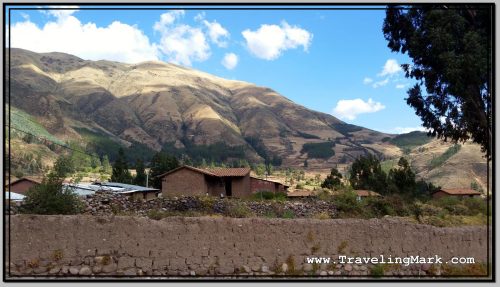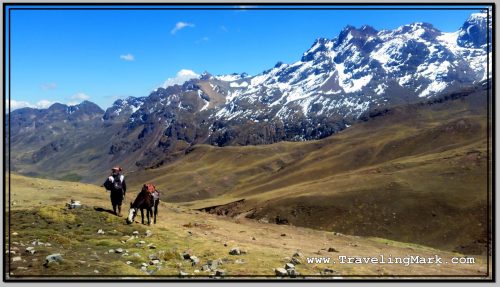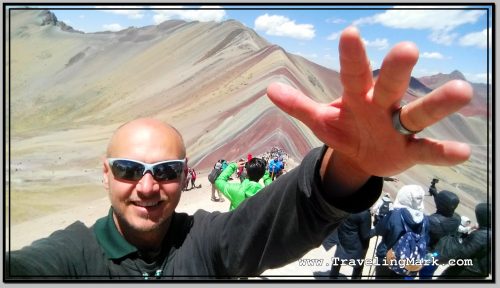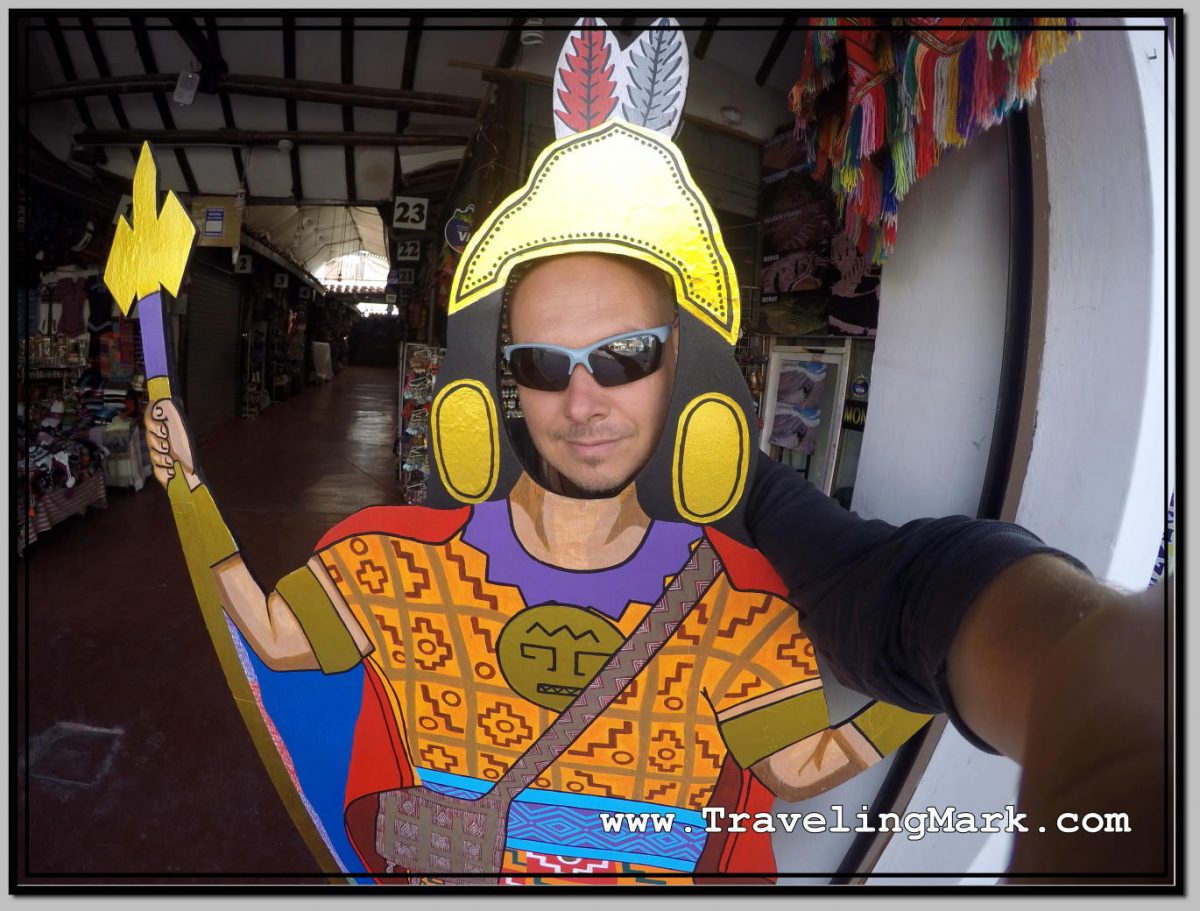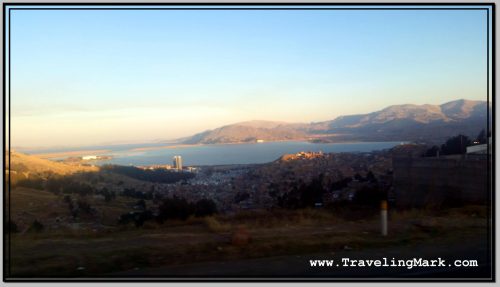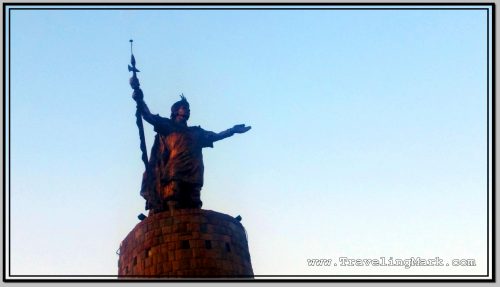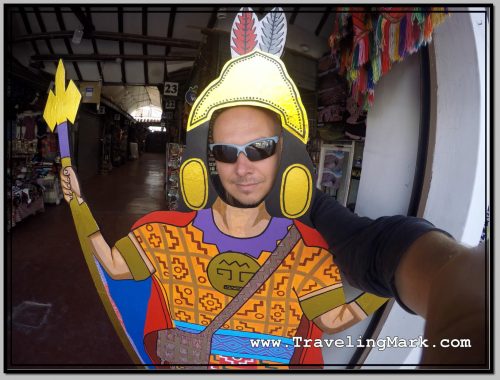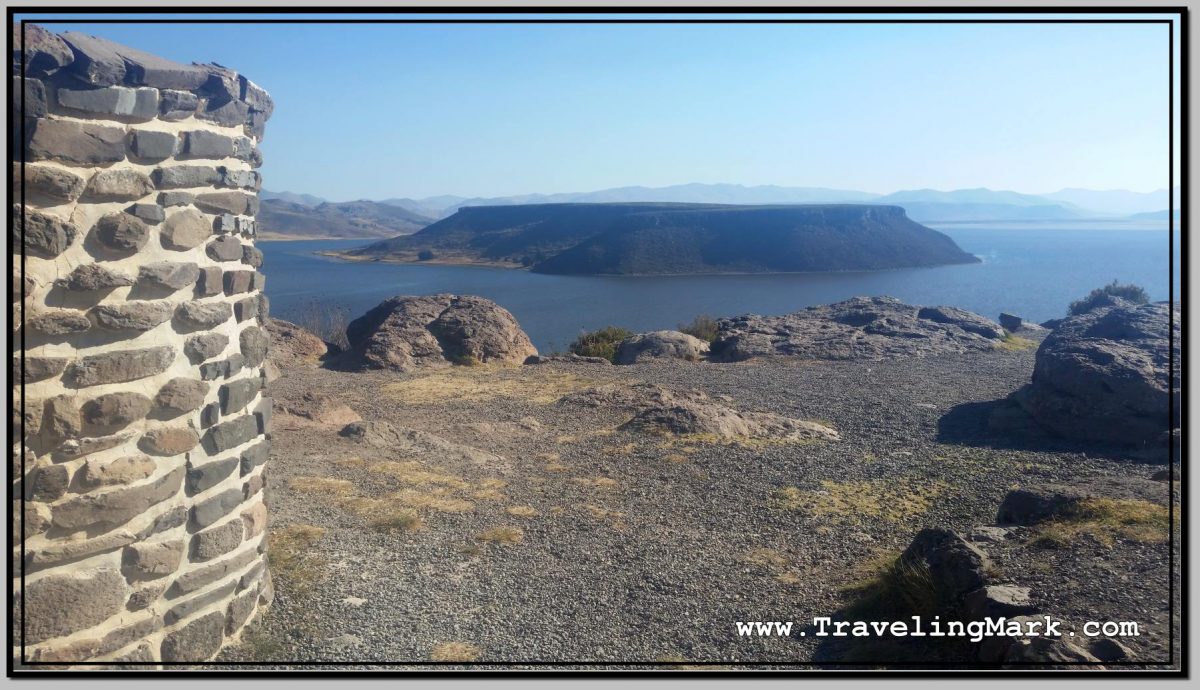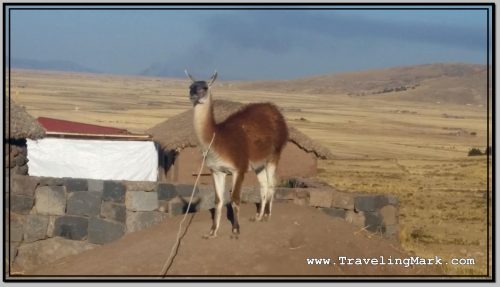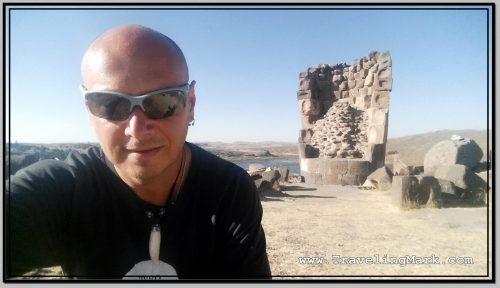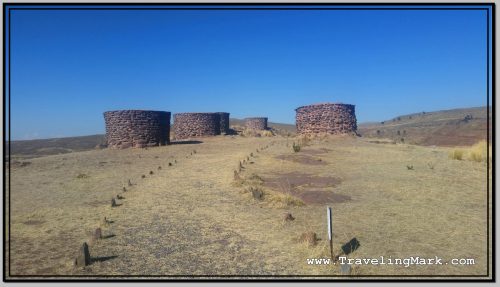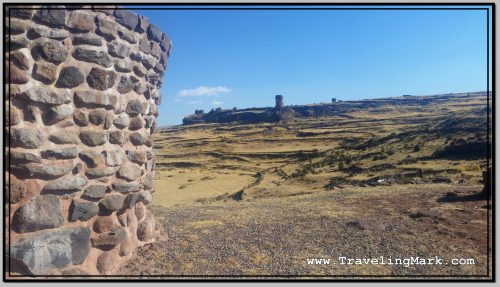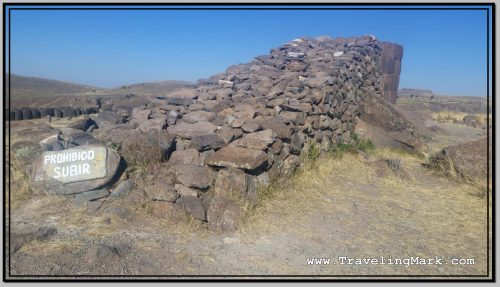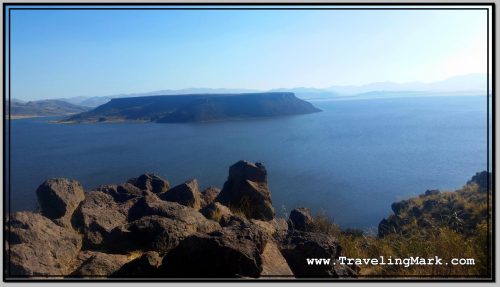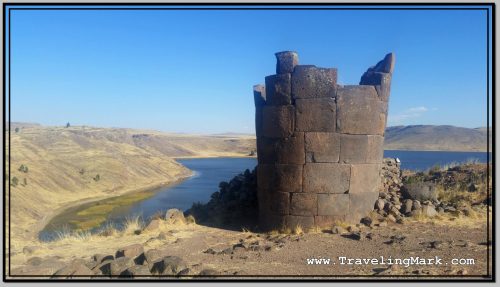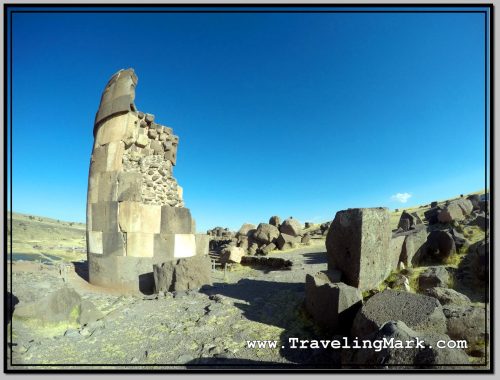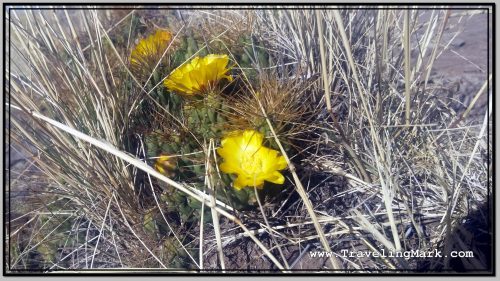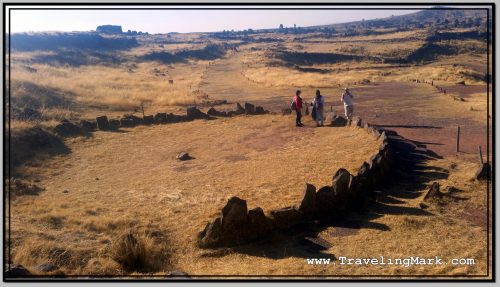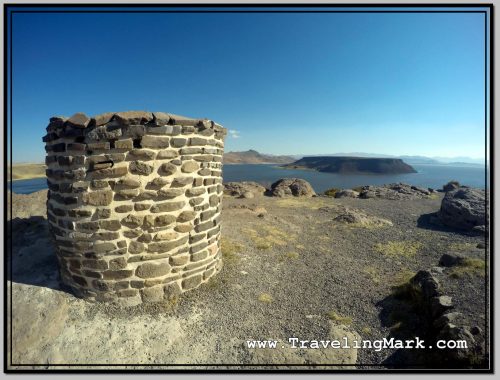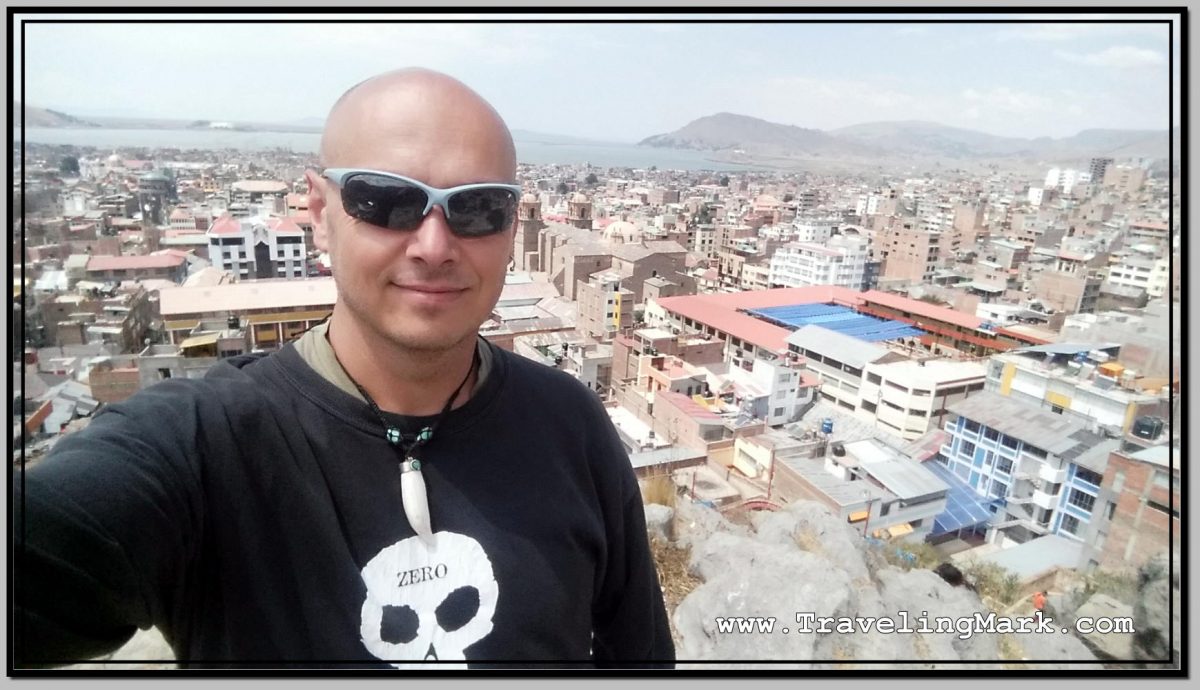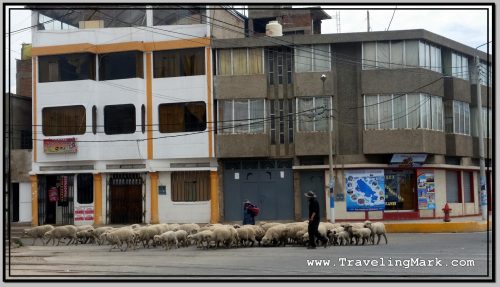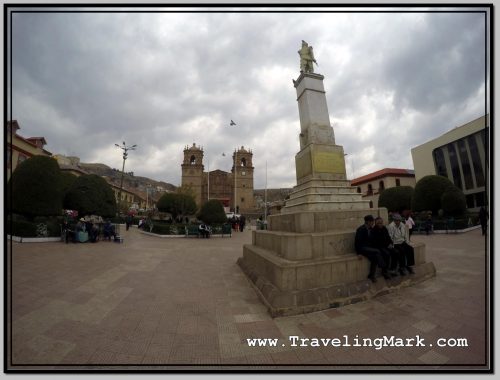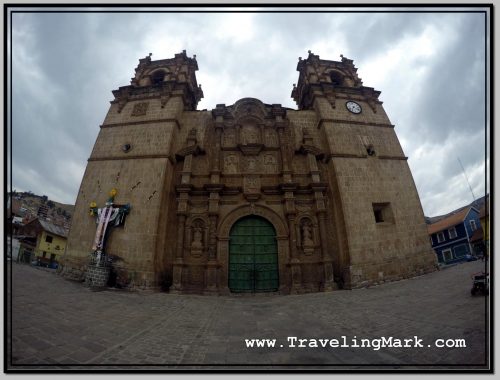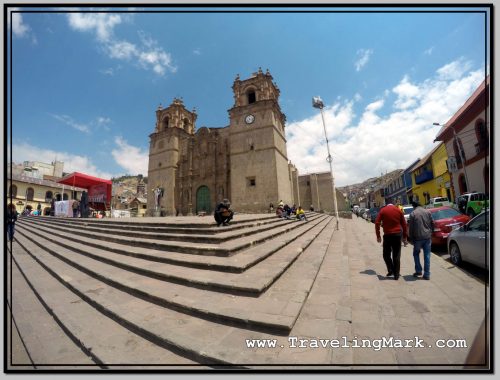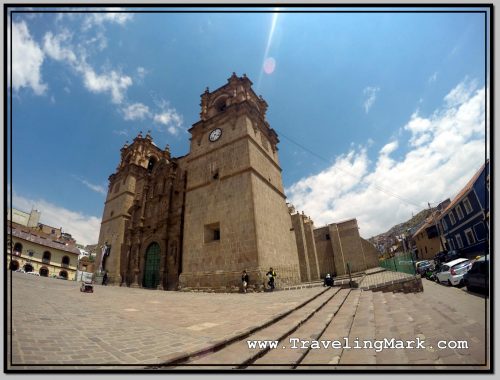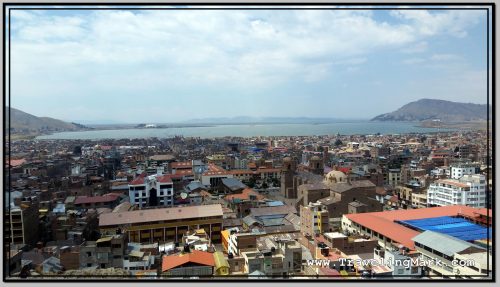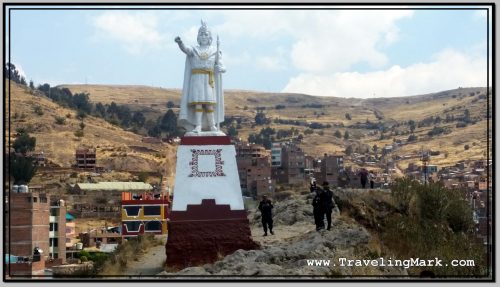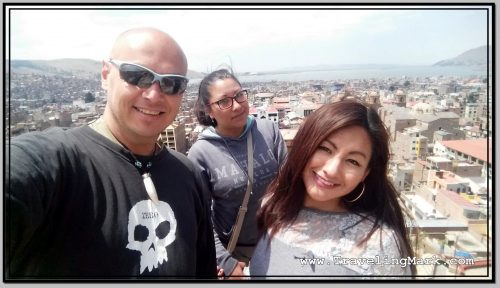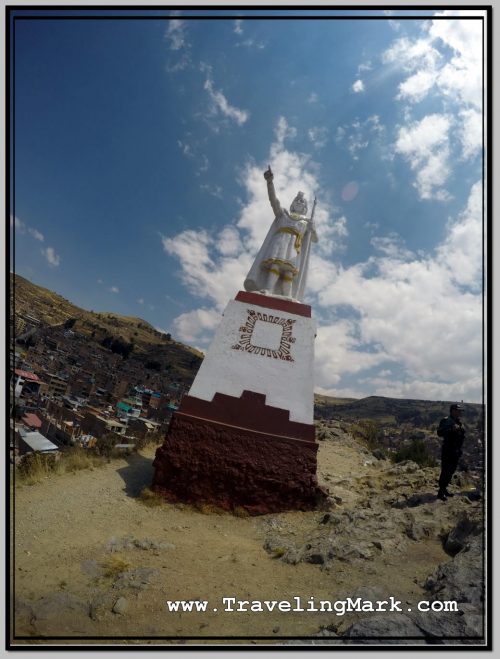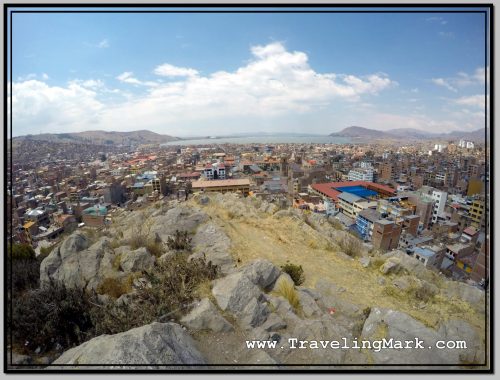The Rainbow Mountain, locally known as La Montaña de los Siete Colores (The Mountain of Seven Colors), or by its official name of Vinicunca (sometimes spelled Winicunca), is one of the newest attractions in Peru. The mountain however belongs to the people of Pitumarca, who call it the “Cerro Colorado“.
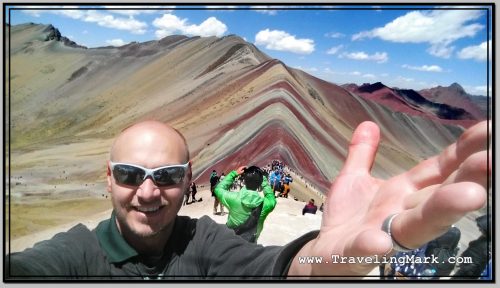
Up until a few years ago, it was under the permanent layer of snow and ice, and nothing made it special or attractive. But as the snow receded, it uncovered the mountainous formation dyed in various shades, product of the complex combination of minerals.
Despite its local name of the Mountain of Seven Colors, according to the information provided by our tour guide, the scientists identified five colors on the slopes and the summit of the Rainbow Mountain – red, purple, green, yellow, and pink – all deposited the base color of the mountain itself.
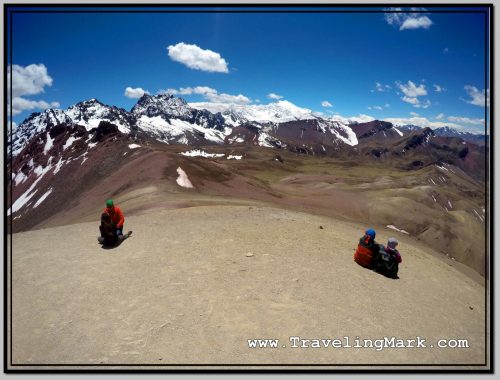
Had you visited the Rainbow Mountain prior to 2016, you would likely be the only one hiking the high altitude trail to its 5,200 meter above the sea level summit. However because it is located on the way to the imposing Ausangate – the snow-covered mountain with an elevation of 6,384 metres – adventurers who dared to ascend Ausangate in 2016 took photos of Vinicunca which they then shared on the social media, sparking the interest in the mountain. Since then, the popularity of the Rainbow Mountain exploded and now it receives hundreds, if not thousands of visitors a day, making it one of the most visited places in the Cusco region of Peru – along of course with Machu Picchu.
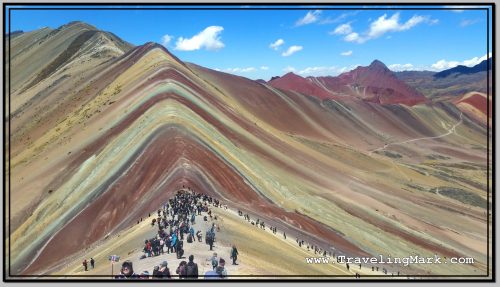
The road to the Rainbow Mountain is along a canyon with narrow passage carved into the steep cliffs of its sides. You have no choice but to trust your bus driver that he knows what he’s doing, with the understanding that if he messes up, you’re dead, but so is he. In other words – he has as much incentive to drive safe as you have the hope he will.
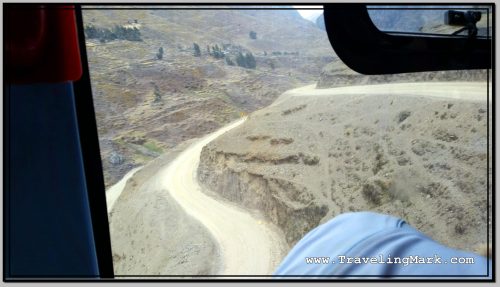
Through the whole ride there and back, I was telling myself that one day I will remember it as something crazy I have once done, and that I’m glad I did not die there, but while I was at it, I was realizing I was riding on the Grim Reaper’s tail the whole time and at any given time there were mere inches separating me from certain death. One wrong move on the driver’s part, and everyone in the bus is dead.
There was not a person on the bus who was not clenching his or her butt cheeks so tightly, you couldn’t jam a sharpened hair up anyone’s ass crack, but it was the ones sitting on the side of the bus facing the canyon who were breathless the most. The wheels on that side of the bus were gliding on the edge of the cliff, and there was a long way down. It constantly felt like you’re better off not knowing just how close you are to the edge, and just how far down it is.
Before the final ascend with the bus, we crossed the canyon over the shadiest looking wood bridge ever. That would have induced grasps for air if we were to walkover it on foot, yet we drove over it with the bus. Each of us gasped when we did it. Damn!
Shortly after the bridge, we stopped at the toll booth where our guide paid for everybody’s entrance and our vehicle drove to the parking area, from where we commenced the hike. There were several other vans used as tour buses parked up there, suggesting a high number of hikers on the trail.
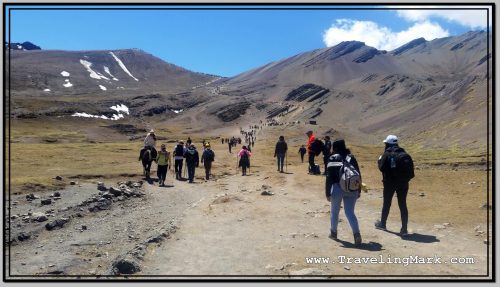
Locals with horses were offering an option to reach the mountain without straining your heart and lungs, and a number of locals including children were stationed along the trail, selling heavily overprices snacks and beverages, including coca tea for altitude sickness. I asked one horseman how many times he ascends the mountain on an average day, he told me that he does it twice – impressive physical fitness in those people.
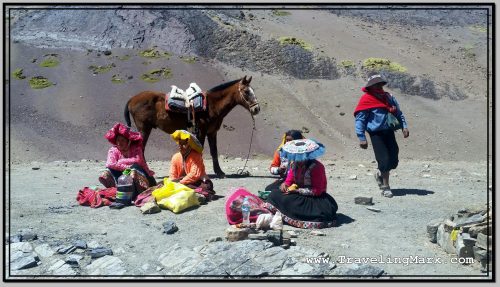
The trail offers spectacular views along each step. There are mountain peaks in every direction, some tall enough to be permanently under snow cover. In places you notice the glaciers giving way to mountain lakes, which then trickle down as creeks that carve out the canyon.
A number of domesticated llamas and alpacas are encountered along the trail.
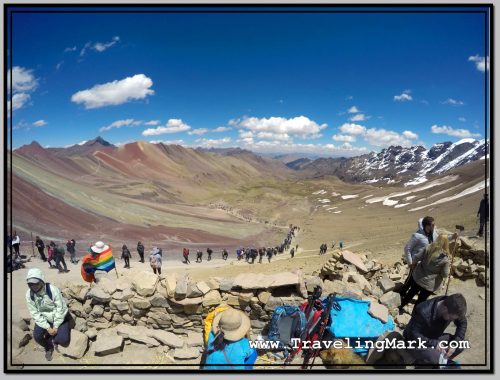
The hike itself is rather strenuous, but no part of it is overly dangerous. It starts easy with there being only a slight incline, but it keeps getting steeper the further up you get. If not for the altitude, the trail itself would likely not be such a challenge. But it was the altitude that made everyone daring the trip work for it.
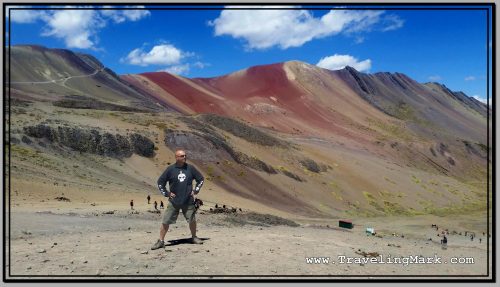
I myself felt like my muscles definitely had what it takes to get up and down the mountain, but the heart and the lungs were getting a heavy work out. The final approach toward the Rainbow slope was the steepest, so ascending that really tested my respiratory system’s strength and endurance. You could see on everyone’s face how hard of a time they were having taking each step further.
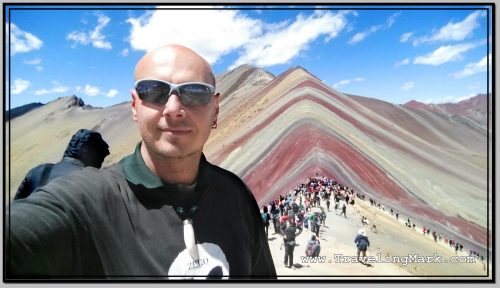
Taking frequent breaks was unavoidable. Everybody was taking them. Only the ones who took the easy way by hiring a horse passed by us with ease, but even for them keeping their breath up was not so easy. But for us who were also under physical strain, for us the challenge was real.
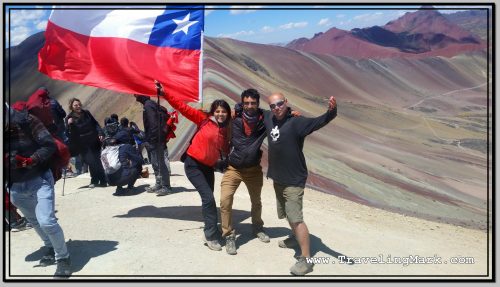
It was for these reasons why once we reached the top, we were giving one another hugs and were celebrating together like we’ve just achieved great victory. Because we all did. We won over ourselves. We faced a personal challenge and we pushed through. The feeling of unbelievable achievement is difficult to describe. It has to be experienced. It’s hard to climb the Rainbow Mountain. It’s really hard, but if you fight through it regardless, and keep going even after your body has told you a million times it wants to quit, you’ll experience the feeling of achieving what you did not think you were capable of, and that feeling is incredible.
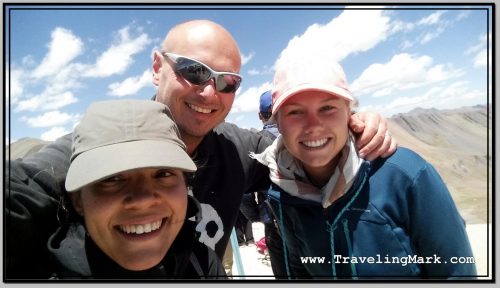
The access to the Rainbow Mountain itself is prohibited, apparently with the intent to preserve its delicate surface. From the foot of the Rainbow Mountain, one can continue up to the outcrop from where there are the best views of the mountain colored slopes. The top of the outcrop, named Montana Winikunka, is at the elevation of 5,036 meters above the sea level. That is just a little lower than the Mount Everest base camp.
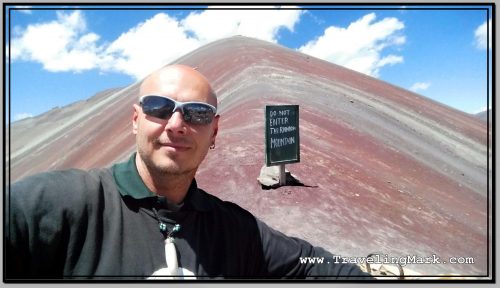
This was the first time in my life to have climbed to the altitude in excess of 5,000 meters and having achieved that felt amazing.
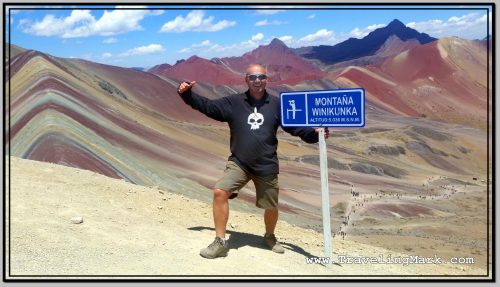
From the Rainbow Mountain, an option exists to detour to the Red Valley, but this was not included in the tour I took. The combination of the two is usually done as a two day tour with a camping stay overnight on the mountain.
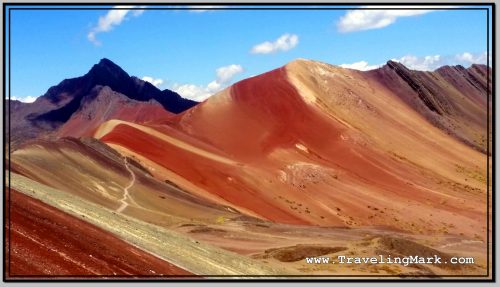
What the future holds for the Rainbow Mountain is anyone’s guess, at this stage. The locals have been milking the living hell out of the high popularity that’s exploded over the past couple of years, but on March 16, 2018, a mining concession was made to the territory where the mountain is located. The Geological, Mining and Metallurgical Institute of Peru handed over mining rights to the Canadian mining company Camino Minerals. I’m glad I got to experience the mountain before heavy machinery rolls in and the are is turned into a mining ground.
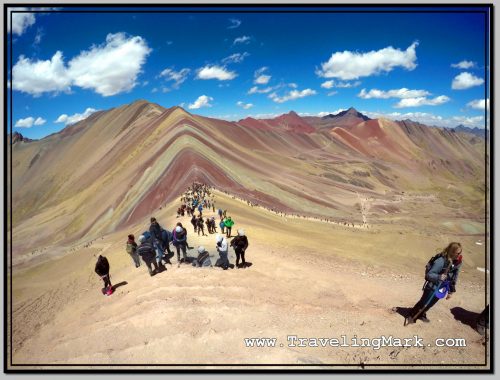
With all its ups and downs, he Rainbow Mountain became the best place I visited during my stay in Peru. Unfortunately, it was followed by the worst – the trip to Machu Picchu.
Here’s a short video from the hike and the joys of having reached the top:
